
Most homeowners are interested in achieving energy efficient homes, but the task can seem daunting. While some steps are more involved, there are easy ways to make your home more energy efficient, like installing energy-saving window treatments. Keep reading for recommendations that will help you weatherize your home, extend its life, and save energy (and money!) in the process. Some of these tips will increase the overall value of your home, as well.
When you understand a little more about how your home functions, you’ll be better able to decide which energy-saving strategies are the best fit for you. So, let’s take a closer look at your home and how it functions.
The building envelope is basically the seal we put between ourselves and the outside elements: weather, noise, air. It’s the structure of our home that keeps us comfortable. A good building envelope is structurally sound, climate-controlled (and climate-appropriate for your region), and aesthetically pleasing.

Air sealing reduces the amount of air leaking in and out of your home. After all, you don’t want conditioned (heated or cooled) air leaking out of your home or drafty, moist air coming in. You can seal your house with foam, tape or caulk. Certain types of windows and sustainable, energy-efficient window inserts also seal your home.
Insulating your home adds layers of protection against heat or air conditioning loss. It sometimes helps reduce noise as well. Thermal insulation slows the transfer of heat or cold much like putting on a jacket or slipping on a beer koozie does. You can insulate your home with wall, attic and duct insulation, certain types of windows and energy-saver window inserts. You’ll find more home insulation tips below.
So, what should you do first? Energy efficient homes start with a home energy audit. This determines the biggest bang for your buck and budget. You also can perform a DIY home energy audit. If you don’t have any major problems or a large, historic home, this may be your best option. You’ll get home insulation tips and discover where you may have air seal issues.
If your budget is limited, prioritize by addressing any safety issues first, then working on air sealing your home. Usually sustainable, energy efficient windows with good sealing is the best place to start. Home insulation often offers a worthwhile return on investment. Sealing and insulation are also less expensive than upgrading heating systems and appliances or replacing windows.
Note that some of these energy-saving strategies will start to pay for themselves immediately while others will pay for themselves in 10 years or less. Whether you’re building a new energy-efficient home or updating an older home, you can take advantage of energy-saving materials and equipment that will benefit you now and in the years to come.
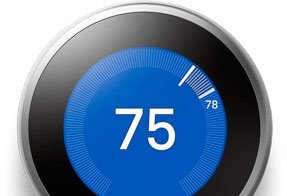
Caulking and weatherstripping are the easiest and most cost-effective things you can do to seal cracks in your doors and windows. You can easily do this yourself (or with a little help from YouTube) for a mid-range return on investment. You may need to do it every few years, but the effort is low.
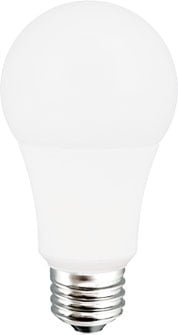
Switching to high-efficiency light bulbs such as LED or CFL is also easy and cost-effective. CFL bulbs last 10 times longer than traditional incandescent bulbs and LEDs last 25 times longer. Dimmer switches and timers for outdoor lights can help control usage.
Sealing ducts* is a simple, cost-effective way to keep your conditioned air flowing where you want it. Look along joints for leaks, such as separations and obvious holes. If you use tape to seal a leak, make sure it’s heat-approved. If you are insulating ducts, ensure that you include a vapor barrier. If you’re doing extensive duct insulation, get professional help or seek out detailed home insulation tips online.
Attic insulation in an unfinished attic involves insulating the floor so the rooms below stay warm or cool. (Same goes for a basement—you insulate the ceiling under the main level.) A finished attic probably already has insulation, but it may be old or outdated.
Home insulation tip: Insulating an attic can quickly become complex. If you’re doing it yourself, be cautious of vents, recessed lights and vapor barriers, and always wear a mask during installation.
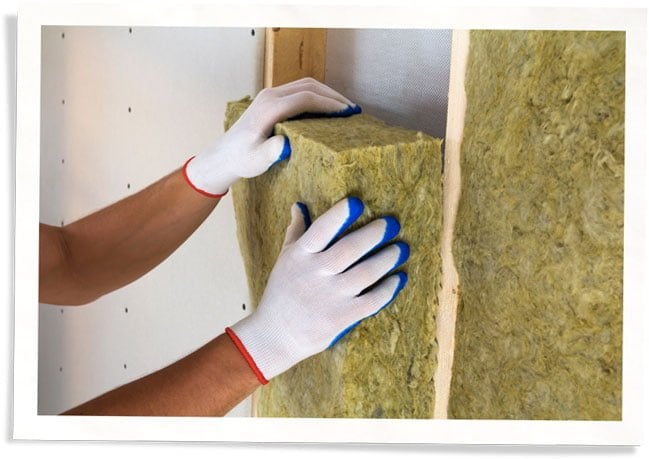
Insulating walls is similar to insulating an attic, except that you can’t do it unless your walls are already open (such as when you’re renovating). Before you rip open your walls to add insulation, consider where you are on your home energy-efficiency journey, if you plan to remodel at a later date and what other measures you can take in the meantime.
Home insulation tips: Does your existing insulation meet the recommended minimum? Standards may have changed since your home was built.
Window replacements can be costly, but the efficiency of modern windows can be worth it purchase high-grade, high-efficiency windows—not construction-grade vinyl windows that sometimes make that claim. Window replacements address any air leaks older windows and frames may have, and modern double-pane windows insulate your home because of the air or gas sealed between the panes.
Indow window inserts are among the most sustainable, energy-efficient window treatments available and can be used when you want to retain your original windows. Perhaps you live in a historic home or you don’t want to deal with the construction or cost of window replacement. An energy-saving window insert presses into the inside of a window frame to create an insulating pocket between the existing window and the insert. This is one of the easiest ways to make your home more energy efficient.
A heat pump, boiler or furnace upgrade can save a lot of money in heating and cooling costs. A heat pump has the highest initial cost but is much more efficient than the other systems. It can be installed with or without ductwork and works best in moderate climates.
Reflective roof surfaces include paint coating, shingles or tiles. These all reflect light and heat to keep your roof and home cooler during hot months. This lowers your energy bill and extends the life of your roof. The materials you use will depend on what kind of roof you currently have. If you’re installing a new roof, your possibilities expand to include an even more efficient green roof! Roofing costs depend greatly on materials and the size of home. Use this calculator to estimate savings.

Solar panels may seem like the ultimate energy-efficient home upgrade. Solar electric or photovoltaic (PV) panels can be added to your roof to generate electricity for your home. It’s a great deal—the sun is just giving this stuff away for free! To make the cost worthwhile, however, make sure your region gets enough sunlight by assessing your solar energy potential versus your electricity needs. Then look at incentives or financing options available to homeowners before you make your decision.
*Whenever you’re dealing with air sealing be cautious of air ventilation.
All of the above strategies can help to make your home more energy efficient, but there are other ways to have an impact as well. Regardless of the current state of your home, certain habits can help you save energy until you’re ready to tackle bigger projects. You also can install accessories while you’re waiting to upgrade appliances.
Easy ways to make your home more energy efficient:
- Turn down the heat (or turn up the air conditioning) a few degrees.
- Turn off lights when you leave a room.
- Unplug appliances when not in use. (Hot tip: your fridge is in use whenever there’s food in it.)
- Upgrade appliances to more efficient products when you’re able
(look for Energy Star rating) - Install low flow shower heads
- Add aerators on bathroom/kitchen faucets
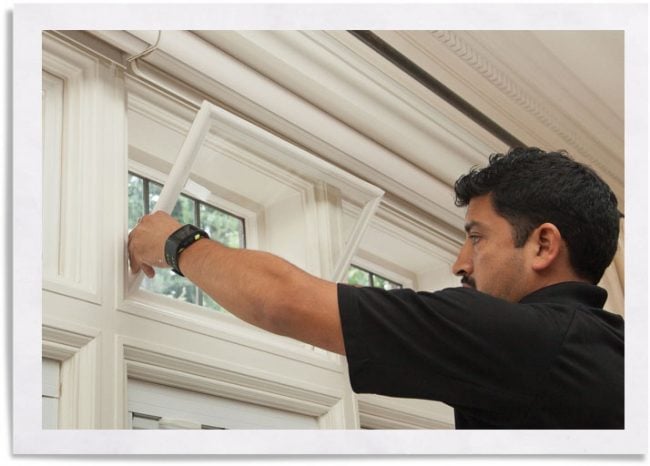
US Department of Energy’s Storm Window Resource: Energy Saver
Green Building Registry: Find Out Your Home Energy Score
3 Ways Stom Windows Can Save Your House from The Craftsman Blog
Energy efficient homes take ongoing work. Technology is improving and we’re always learning. At Indow, we are committed to sustainability and becoming more efficient as a company in order to fuel our continued growth and the product innovations that give our customers a brighter future while also preserving our past. This is why we created energy-saving window inserts and why we strive to help make homes more energy-efficient. If you’re looking for the best energy-efficient window treatments, please contact us for a free consultation on how to make your space more comfortable—and save money in the process.

